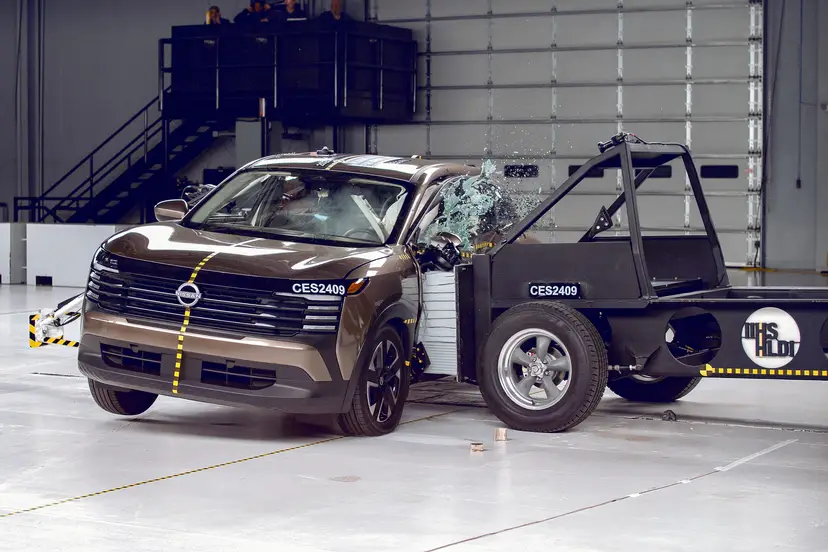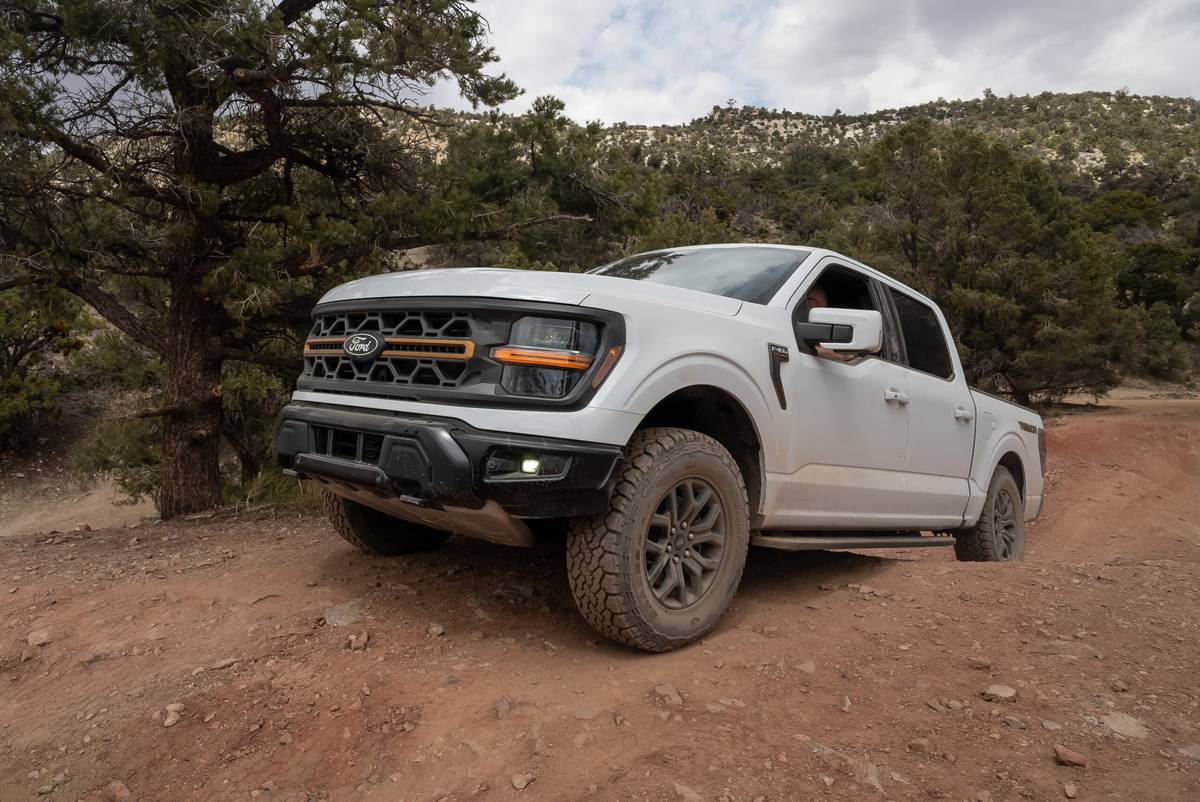
There’s no one single reason why the Ford F-150 has been America’s bestselling pickup truck for as long as it has been. It doesn’t have the poshest interior, smoothest powertrains, craziest features list or best bargain price. Instead, it’s a very well-rounded pickup truck that satisfies buyers over and over again.
Related: Ford F-150 Adds Features and Tech as Part of 2024 Updates
For 2024, Ford has given its perennial cash cow what’s called a “mid-cycle refresh,” which is meant to keep things hot and competitive versus the F-150’s rivals: the Chevrolet Silverado 1500, Ram 1500 and Toyota Tundra. Some mild styling updates, some new interior bits, a couple of nifty new features meant to make life with the F-150 that much easier, and bam – America’s favorite soldiers on for another few years before its next great rethink and redesign, which likely won’t stray far from the current one.
Whenever a new F-150 arrives, the question is always if Ford went far enough with its update to keep people interested. With the ‘24 update, the answer is simple: It’s more about not fixing what ain’t broken.
Did They Even Change the Styling?
You’d be forgiven for not noticing the styling changes to the ‘24 F-150; they’re so small as to be largely invisible even if you parked the ‘23 and ‘24 next to each other. You’d likely also be hard-pressed to determine which one was the newer version. There’s some new headlights, new grilles, new bumpers — the standard things that change whenever a big pickup gets a mid-cycle update — and like most updates like this, they’re just different, not particularly newer.
Suffice it to say that it doesn’t matter; the F-150 looks like an F-150, and the differentiation is more about making the myriad trim levels stand out. The off-road Tremor trim gets a special grille and headlights that look different than the other trims (XL, STX, XLT, Lariat, King Ranch, Platinum, Raptor and Raptor R) with their “wraparound” aesthetic. The taillights are subtly different, as well. It all looks Ford-proper, completely uncontroversial and likely the least of the reasons that people will buy an F-150. “Does it look like an F-150? Check.” Moving on.
Related Video:
We cannot generate a video preview.
New Year, New Tech
One new-for-2024 feature that is sure to please F-150 owners is the Pro Access Tailgate (every new F-150-related system is seemingly “Pro Something”). Every truckmaker now has its tailgate gimmick (GM started it with its tiered-opening gate; Ram followed up with a vertically split tailgate), and Ford’s is to put a door in the middle of the tailgate. It still opens conventionally if you want it to, but if you have something in the bed that you want to get to without having to reach over the lowered tailgate to get it, the new door in the middle opens up to 100 degrees, and also has detents at 37 and 70 degrees. That’s useful for when you’re opening the door while you’re hitched to a trailer; stopping at the 37-degree detent lets you access the bed without risking banging the tailgate on your trailer. Useful, indeed.
The other big news for ‘24 is the expanded availability of Ford’s BlueCruise hands-free highway driving system. Previously only available on the top Limited trim (which no longer exists for ‘24, by the way; Platinum is now the top model), BlueCruise can be had on the XLT trim and up. I tested the latest version in a Lariat, cruising along Interstate 10 in Palm Springs, Calif., at 70 mph without a hiccup or hitch. The best thing one can say about any hands-free driving system is that it works without issue and doesn’t cause any puckering, panicky moments. BlueCruise’s one-button operation is simple to activate, and the new features for 2024 in BlueCruise 1.2 that bring automated lane changes and in-lane repositioning also work as advertised. BlueCruise still can’t operate while towing a trailer, however, something that GM’s Super Cruise can do, so there’s still some room for more functionality in order to keep up with the neighbors. But if you’re not pulling a trailer and you’re just commuting down a busy highway, BlueCruise is lovely.
The third big bit of news for ‘24 is the addition of Ford’s Pro Trailer Hitch Assist technology that debuted on the 2023 Ford Super Duty pickup. With a little bit of setup (attaching some visual marker stickers to a trailer’s hitch), the truck’s cameras and onboard artificial intelligence software work with the rest of the truck’s systems to automatically line up and back up the pickup directly to the trailer coupler. It makes hitching up a trailer a one-person affair — and easier than ever. The Ford event where I drove the F-150 didn’t include any towing or a demonstration of the system, however, so we can only attest to its seemingly miraculous operation from seeing it at work in the Super Duty; if it works as well here as it did there, this thing is what’s known as a “marriage saver.”
Driving the ’24
My time on-road in the newest F-150 was limited to two variants: a Lariat crew cab with the PowerBoost full-hybrid powertrain, and the Tremor off-road trim with the twin-turbocharged 3.5-liter EcoBoost V-6. There are plenty of other powertrains offered for the F-150, but there’s one fewer than there was before: The base engine is now the twin-turbo 2.7-liter V-6, as the old naturally aspirated 3.3-liter V-6 is gone.
My time in the PowerBoost model, which combines a twin-turbo 3.5-liter V-6, an electric motor that works with a small lithium-ion battery pack and a 10-speed automatic transmission, wasn’t any different than the last PowerBoost truck I’d driven. The integration of the electric and gasoline systems is still not terribly smooth or seamless — you always know when one or the other is working, as well as when the powertrain transitions between them. Braking also feels unnaturally strong when you lift off the accelerator, with rather aggressive regenerative braking taking hold before you hit the brake pedal itself. It takes a bit of practice to drive a PowerBoost model smoothly, and in our experience of owning one for years, the advertised fuel economy is hard to achieve.
But it doesn’t matter, as the real reason to get a PowerBoost hybrid system is for the optional 7.2-kilowatt Pro Power Onboard generator system, which allows you to power a stunning array of electrical accessories. I’ve used the system to power an Airstream trailer, including its air-conditioning units, all night at a winery’s off-grid camping spot. It makes off-grid trailer camping a no-brainer, and it’s probably one of the F-150’s most unique and exceptional features. You can put up with a little powertrain operational weirdness for that level of unrivaled utility.
The interior isn’t all that different, either, and still slots below the latest Ram 1500 in terms of interior materials quality. There’s a lot of cheap-looking and feeling plastic in the interior, which is fine for a $38,000 pickup but not a $68,000 one. The 12-inch digital gauge cluster is still one of the best, with great visibility and reconfigurability, and the newly standard 12-inch dashboard touchscreen is welcome, as well. Ford offers plenty of features, usability and comfort in the cabin, I just wish it’d up its game when it comes to some of the tactile qualities — especially in high-end trims.
Getting the Tremors
The other model that gets a little more massaging than the rest of the lineup is the Tremor off-road spec. Available with a standard 5.0-liter V-8 (making 400 horsepower and 410 pounds-feet of torque) or an optional twin-turbo 3.5-liter EcoBoost V-6 (400 hp and 500 pounds-feet of torque), it’s more of the off-road work truck to the Raptor’s off-road play truck. Featuring a host of off-road upgrades (including Tremor-specific control arms and front knuckles; unique single-tube front and twin-tube rear shocks; an electronic locking rear differential; an optional Torsen limited-slip front differential; 33-inch tires; and Tremor-specific grille, badging and orange accents), it’s an incredibly capable off-road machine.
I experienced it both on-road and off, and its comfort is undeniable. The big 33-inch all-terrain tires soak up pavement imperfections and even mitigate a lot of washboard chatter off-road, but the lack of an adjustable air suspension means your ride height is static, along with your suspension control. When you really get into the rough off-road, as we did on access roads around Johnson Valley, Calif., it will toss you around in the cabin like most off-road trucks do. It feels indestructible, however, and could likely handle far more challenging obstacles than we faced (I never even dropped it into low range in four hours of off-road overlanding). It’s an excellent rival to the Chevrolet Silverado 1500 ZR2 and Ram 1500 Rebel. Switching the drive mode selector to Off Road mode also brings up the camera views, with the front-facing one useful on steep inclines for seeing where you’re placing your tires. A washer feature for it might be useful, though; it got a bit dusty as the trail wore on.
The Tremor also features a couple of electronic systems meant for making off-road driving even easier. There’s Trail Turn Assist, which locks the inside rear tire to tighten the turning radius on low-friction (dirt, mud, snow, ice, etc.) surfaces, and the Trail Control with Trail 1-Pedal Drive system (everything off-road-related in an F-150 is evidently a “Trail Something”). Trail Turn Assist can be useful, especially in a truck this large, if you’re out in the woods and are trying to negotiate some tight spaces. Trail Control is a kind of low-speed cruise control for off-road driving, and I’ve yet to really see the point or need for it. The 1-Pedal Drive can be useful if you’re scaling a steep, slippery rock surface and need to stop in the middle of it for some reason (you don’t have to work both pedals), but it seems that these features were added because they could be, not necessarily because customers requested them. I tried all of these systems in my off-road drive of the ‘24 Tremor and honestly didn’t feel like they added to the experience, with the potential exception of Trail Turn Assist in tight woodland environments.
More From Cars.com:
- Breaking Down the 2023 Ford F-150’s Towing Capacities
- Ford Recalls Over 870,000 F-150 Pickup Trucks for Parking Brake Issue
- Going to the Dark Side: Ford Introduces 2024 F-150 Lightning Platinum Black Edition
- Ford F-150 Lightning Vs. F-150 Hybrid: What We Learned Towing and Hauling With an Electric Truck
- Shop for a New Ford F-150
A Brief Drive, But a New Lineup
The simplification of the F-150 lineup is interesting. Ford has dramatically reduced the number of build combinations and stand-alone options for the 2024 model year, instead lumping various options into packages and trim levels. The company says it has reduced ordering complexity by 90% compared with the 2023 model. That means some features are now standard across the lineup, like the 36-gallon fuel tank for gas-only trucks, a Class IV trailer hitch and the 12-inch multimedia touchscreen.
There are nine trim levels for 2024, starting at $38,765 for the basic F-150 XL (all prices include a whopping destination fee of $1,995), $47,890 for the STX and $49,615 for the XLT, then jumping quite a bit to $66,145 for the off-road Tremor, $67,190 for the Lariat, and $75,730 for either the luxurious Western-themed King Ranch or $75,730 for luxurious urban-themed Platinum. The factory-floor Baja racing-truck-themed Raptor starts at $80,325 for the twin-turbo V-6 model and $112,250 for the supercharged V-8-powered Raptor R. That’s a massive price gap between the lowest and highest variant, but hey, y’all are evidently paying it, as sales continue to be strong.
The 2024 Ford F-150 is finally in dealer showrooms now following a multimonth delay from the start of production. The new ‘24 F-150 is not all that different from the ‘23 — but then, it didn’t need to be to continue its success. If you liked the ‘23, you’ll like the ‘24.
Cars.com’s Editorial department is your source for automotive news and reviews. In line with Cars.com’s long-standing ethics policy, editors and reviewers don’t accept gifts or free trips from automakers. The Editorial department is independent of Cars.com’s advertising, sales and sponsored content departments.































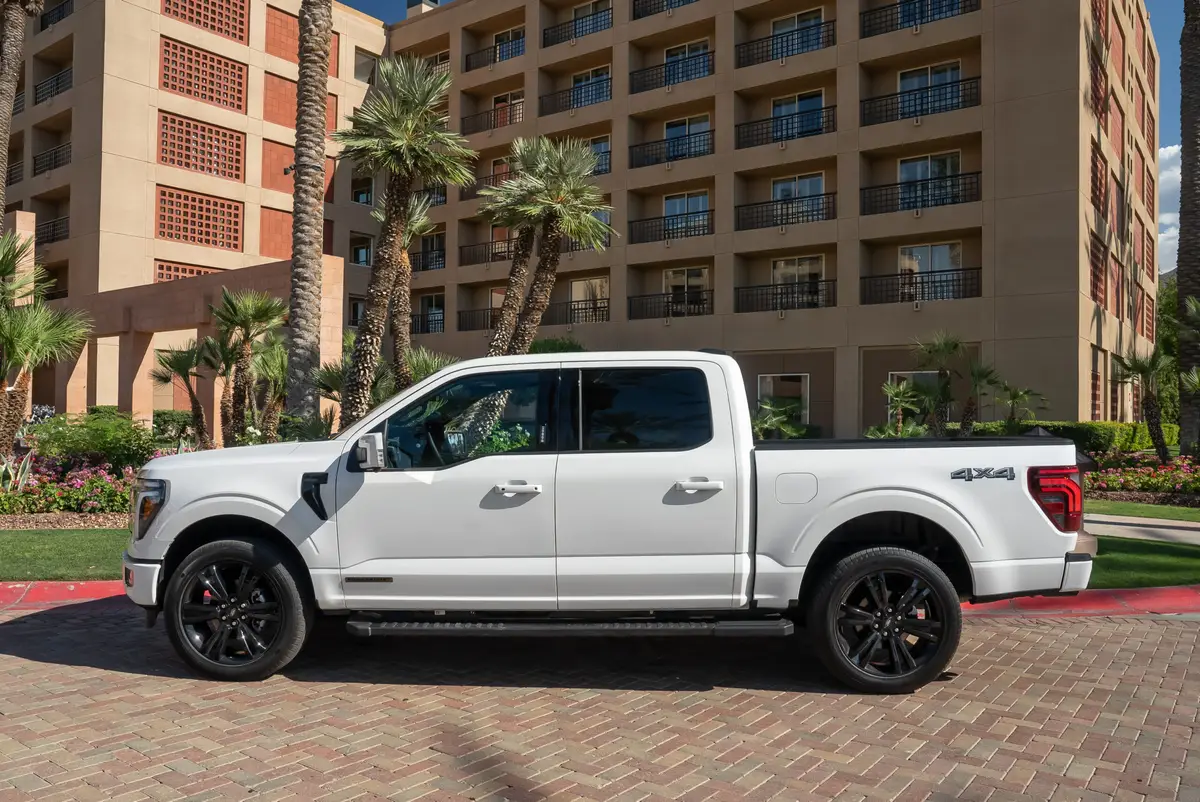
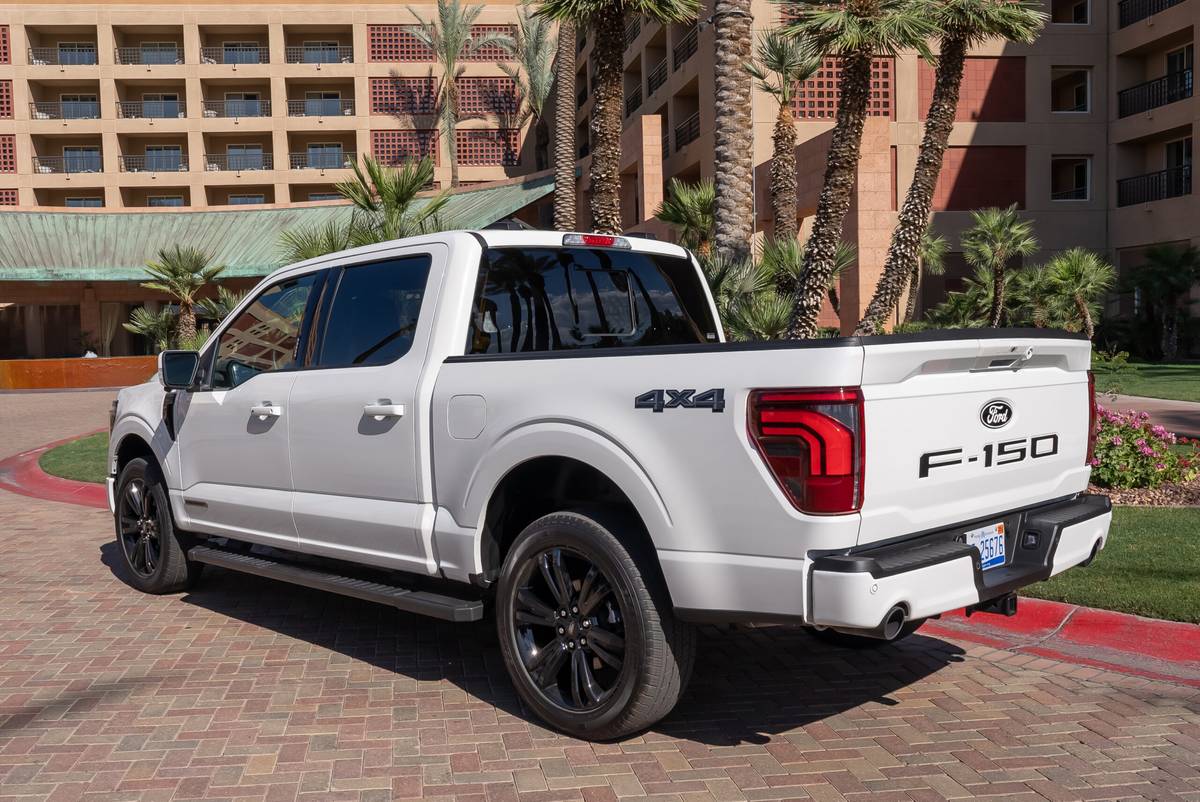

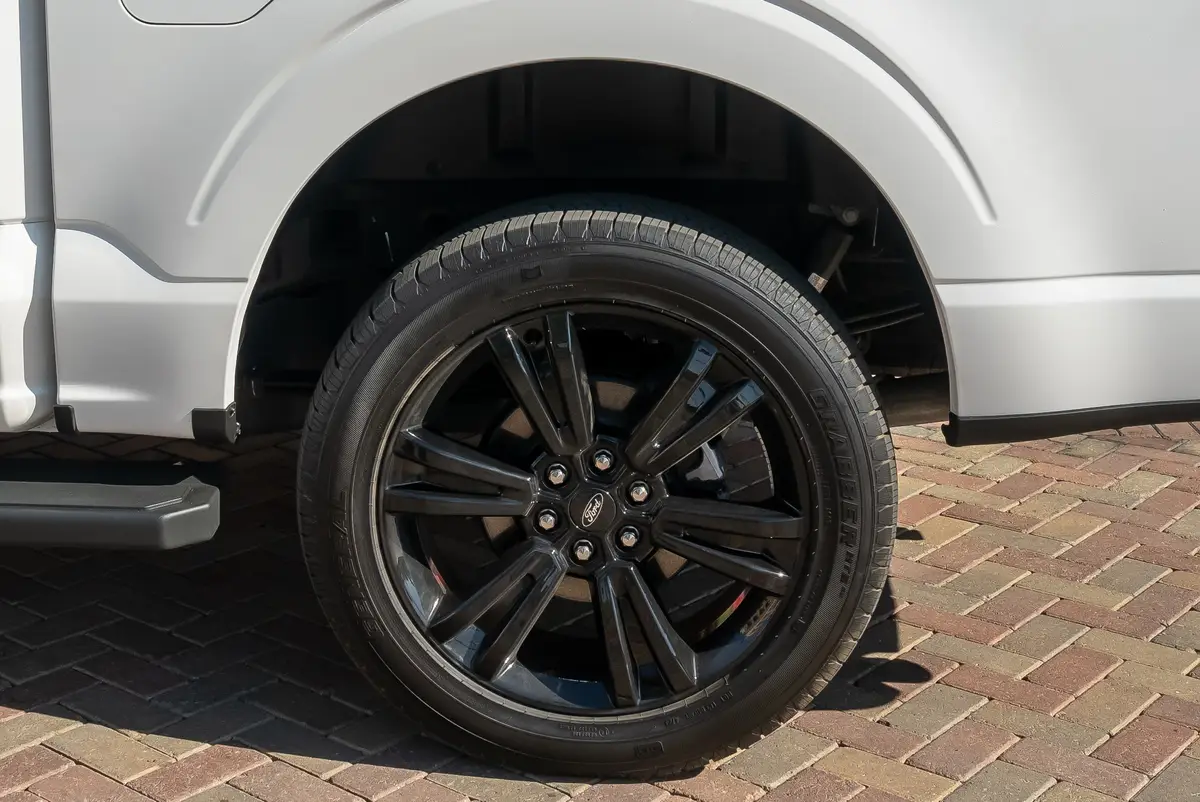
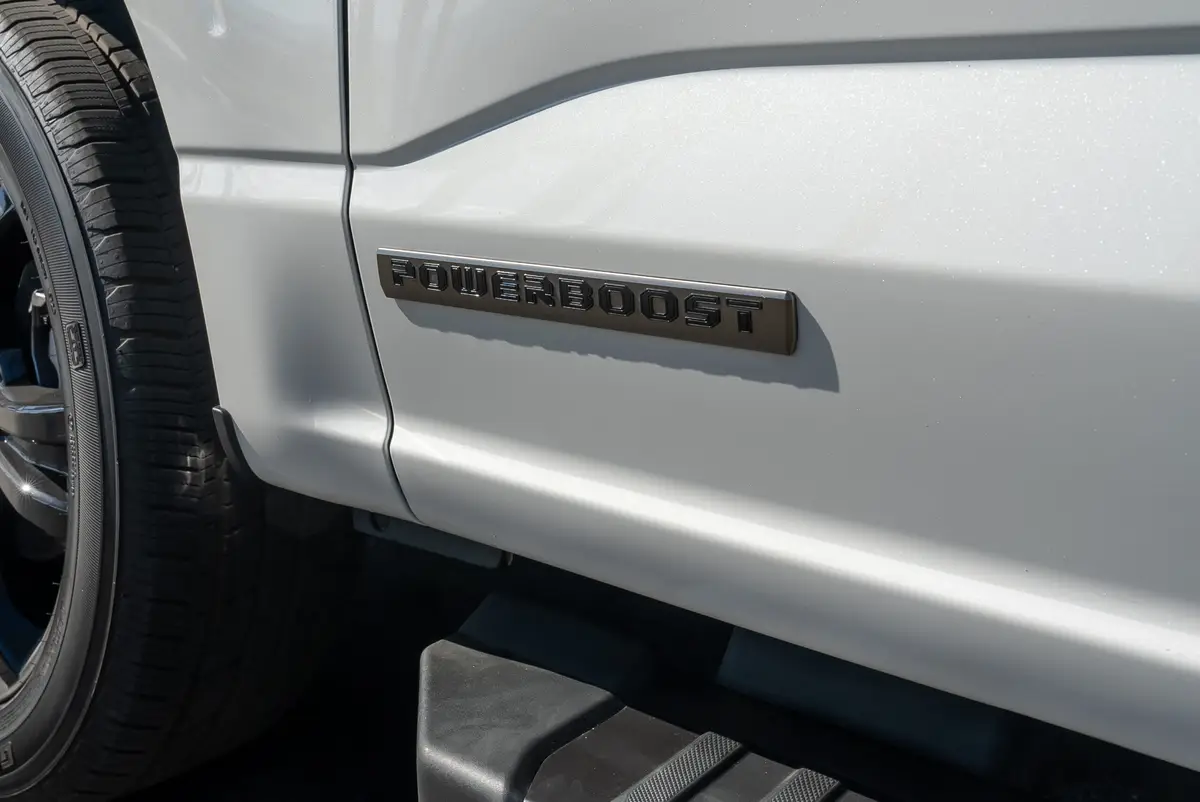




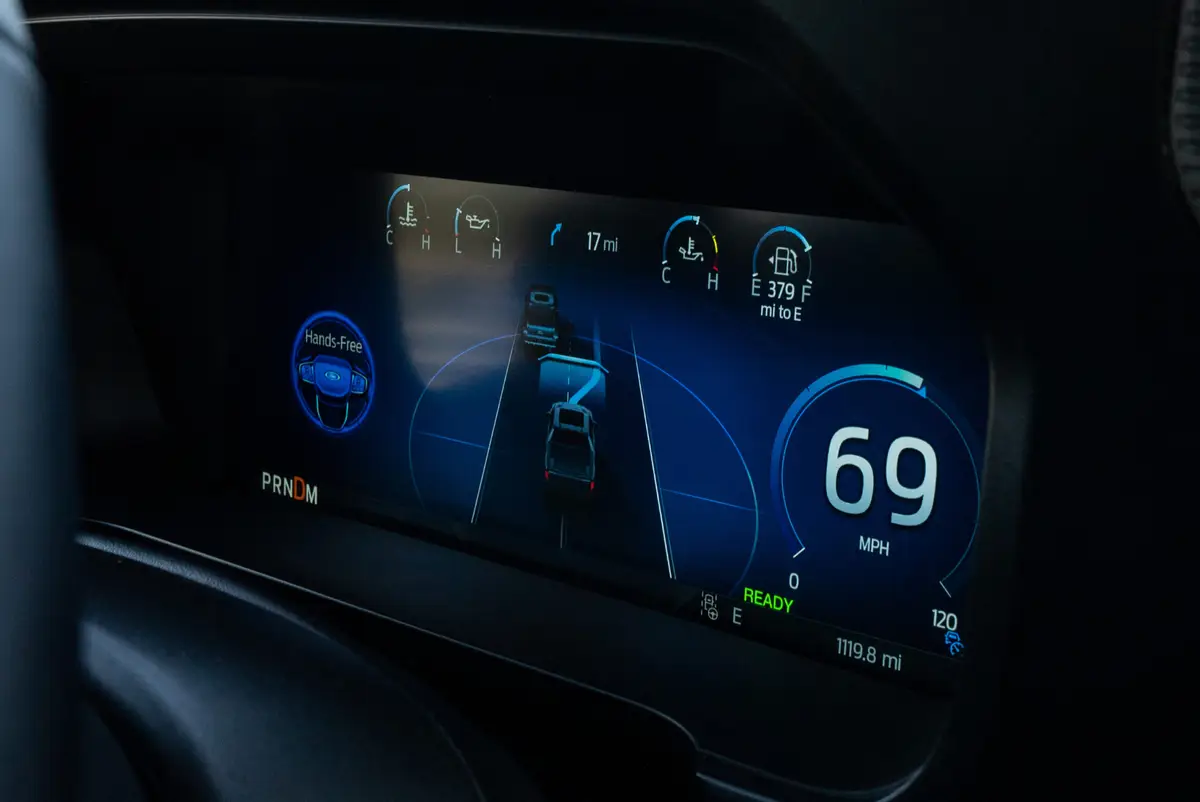
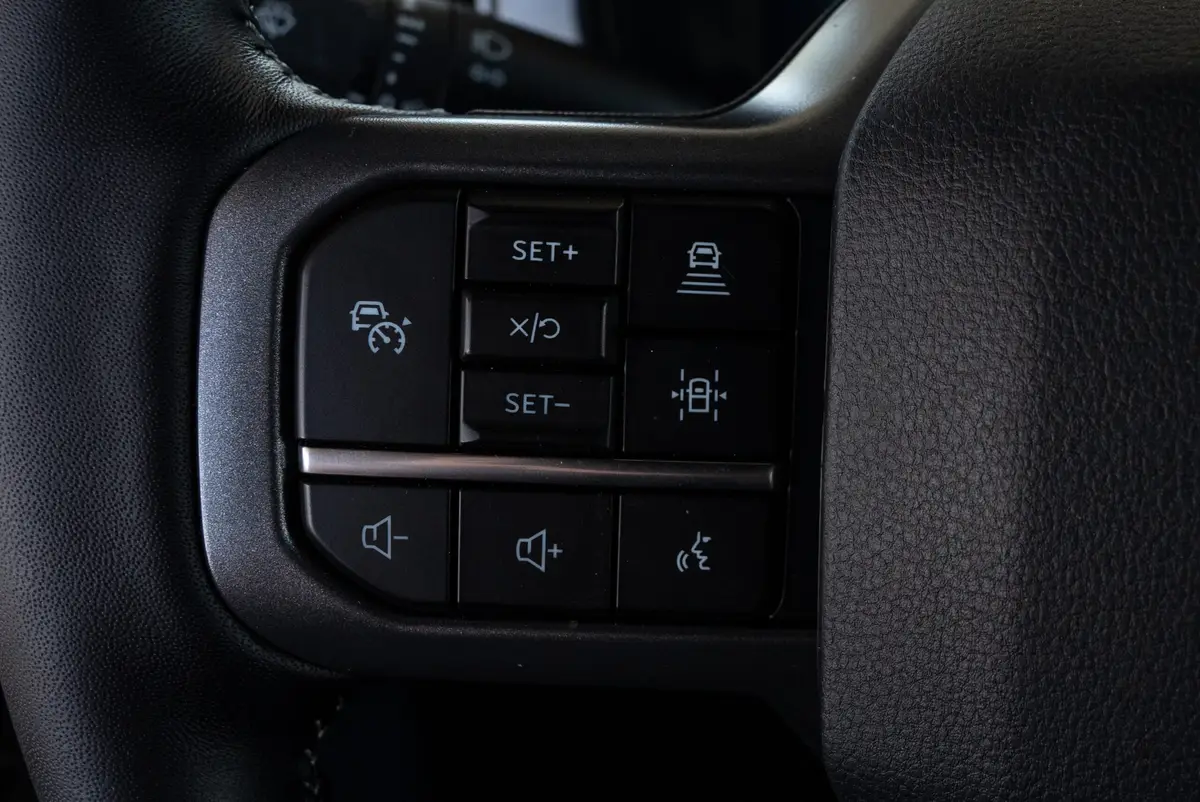
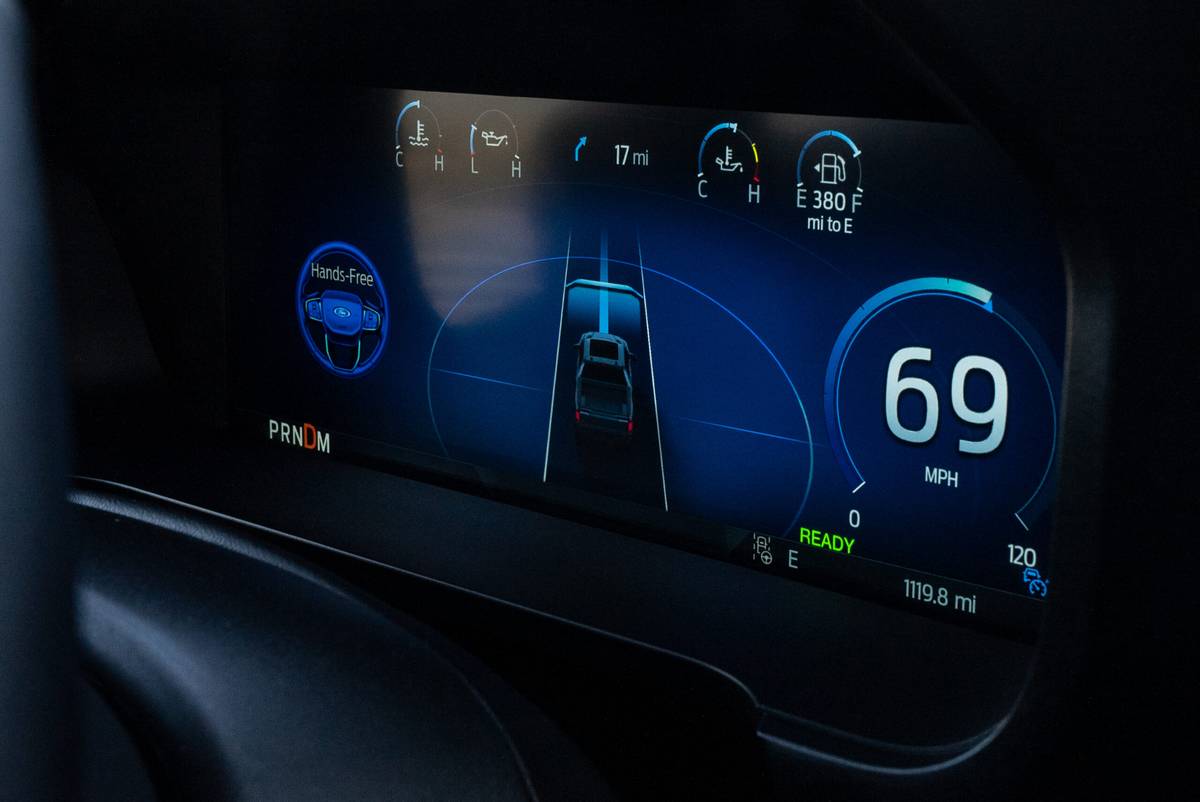
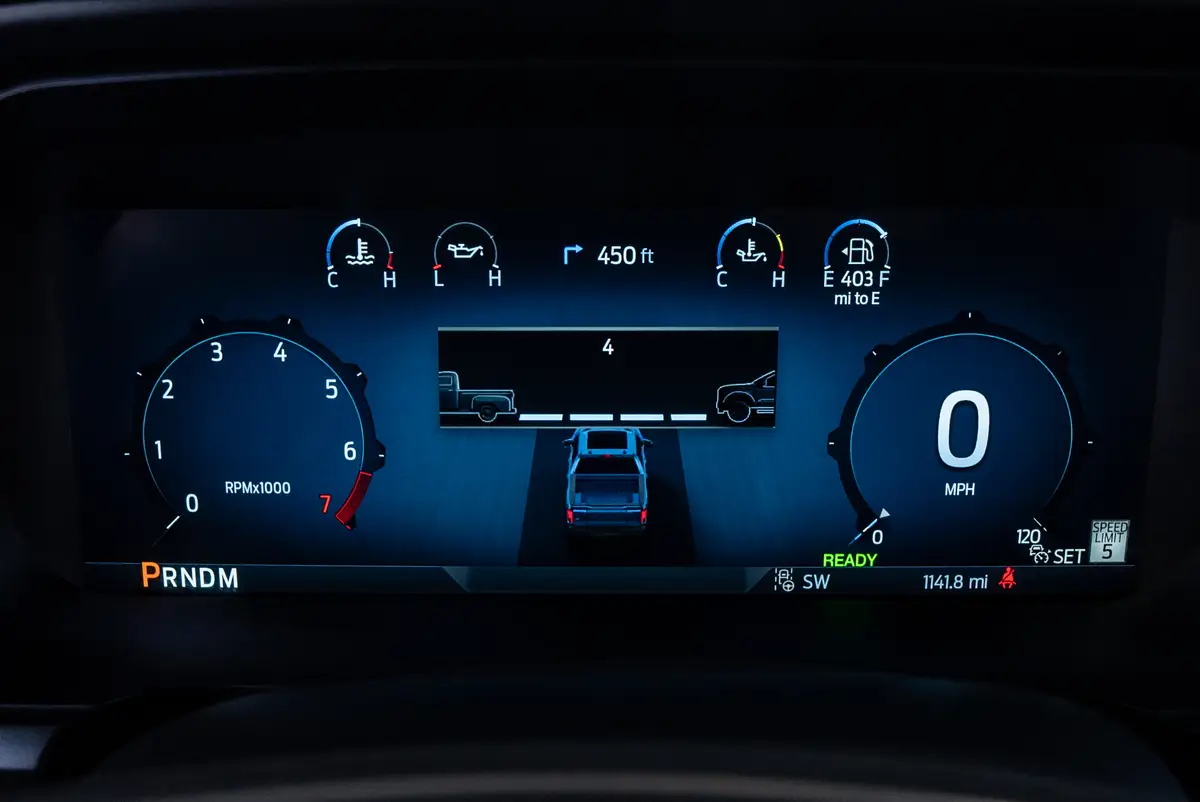
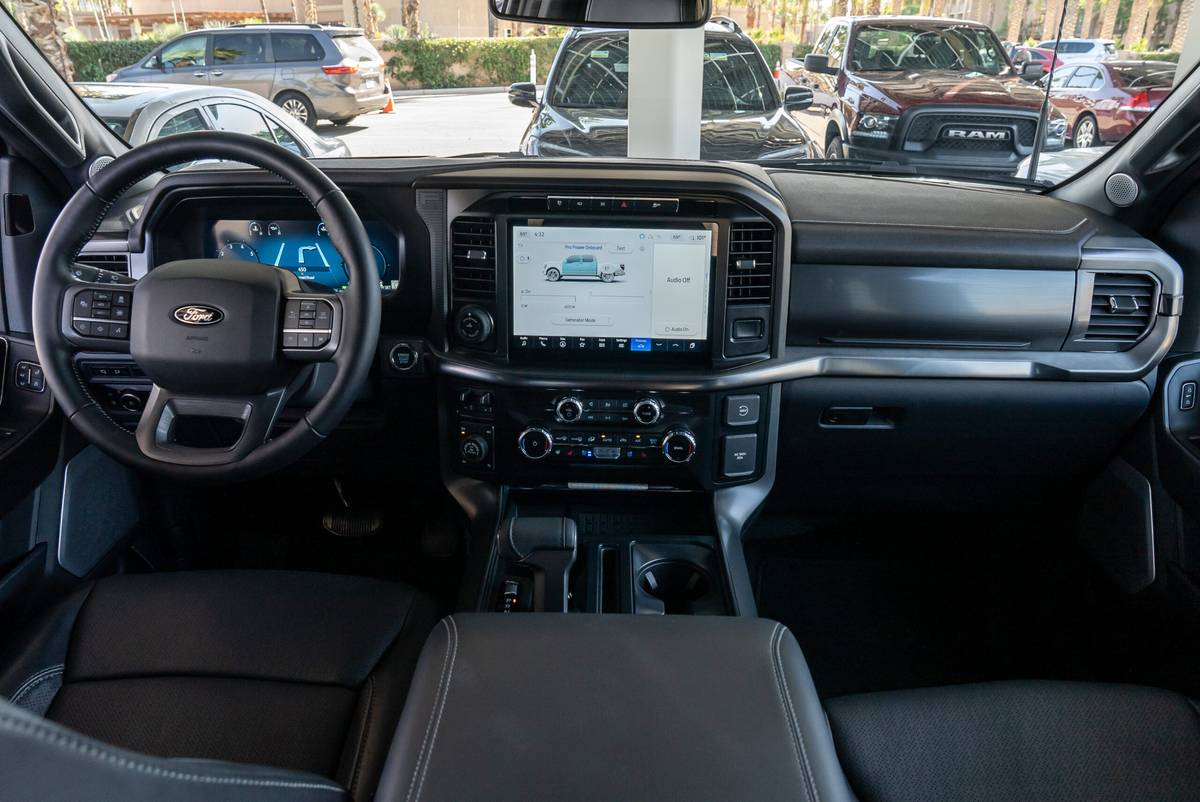
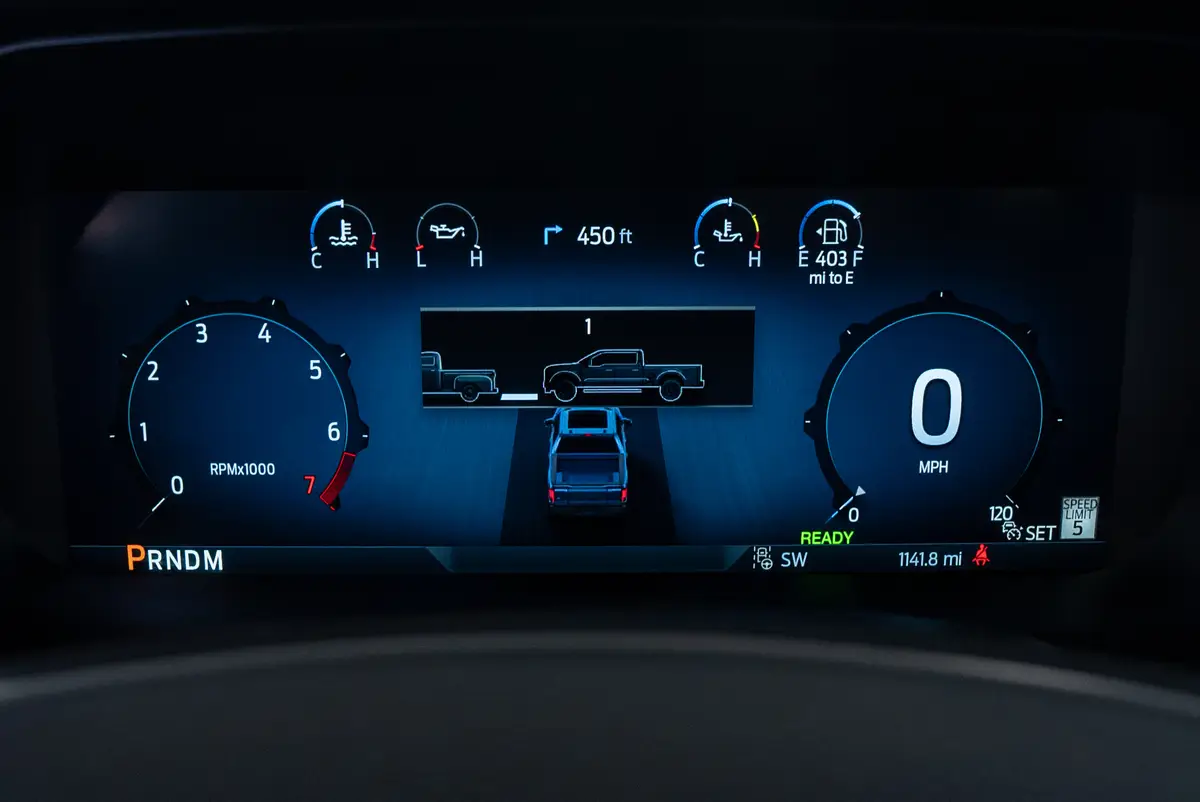




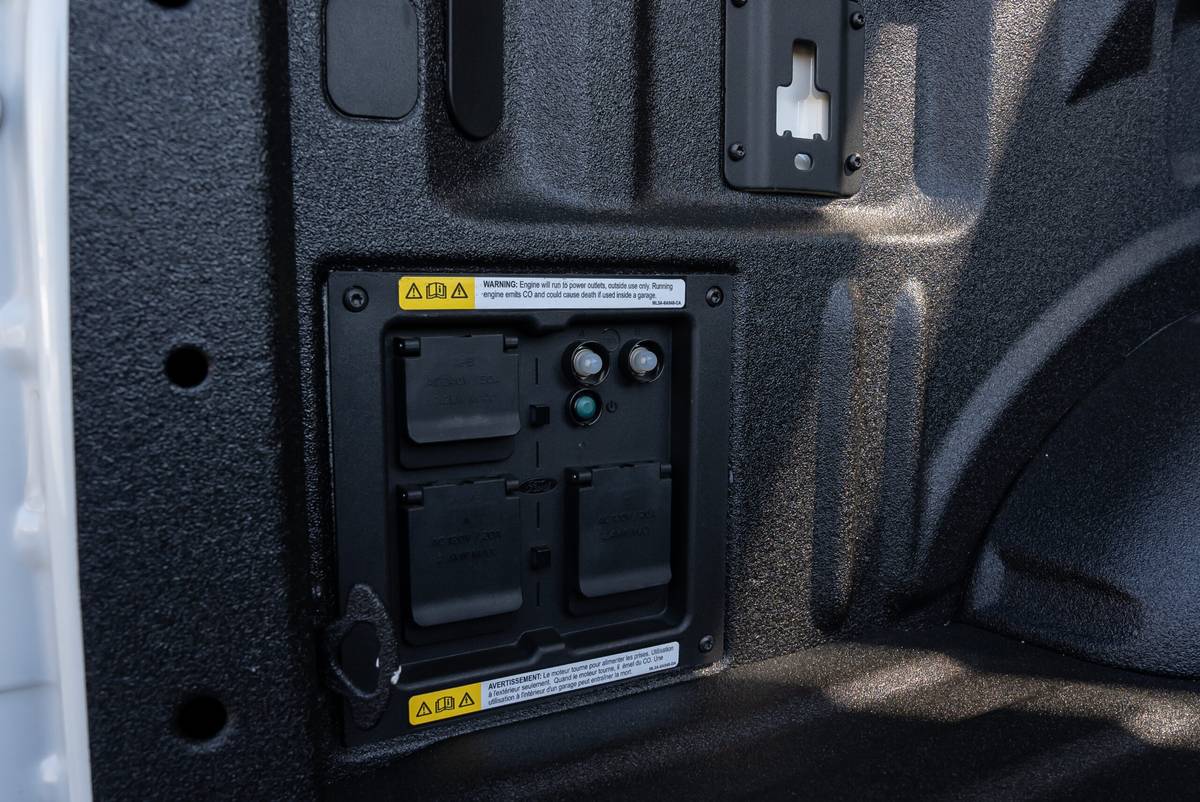
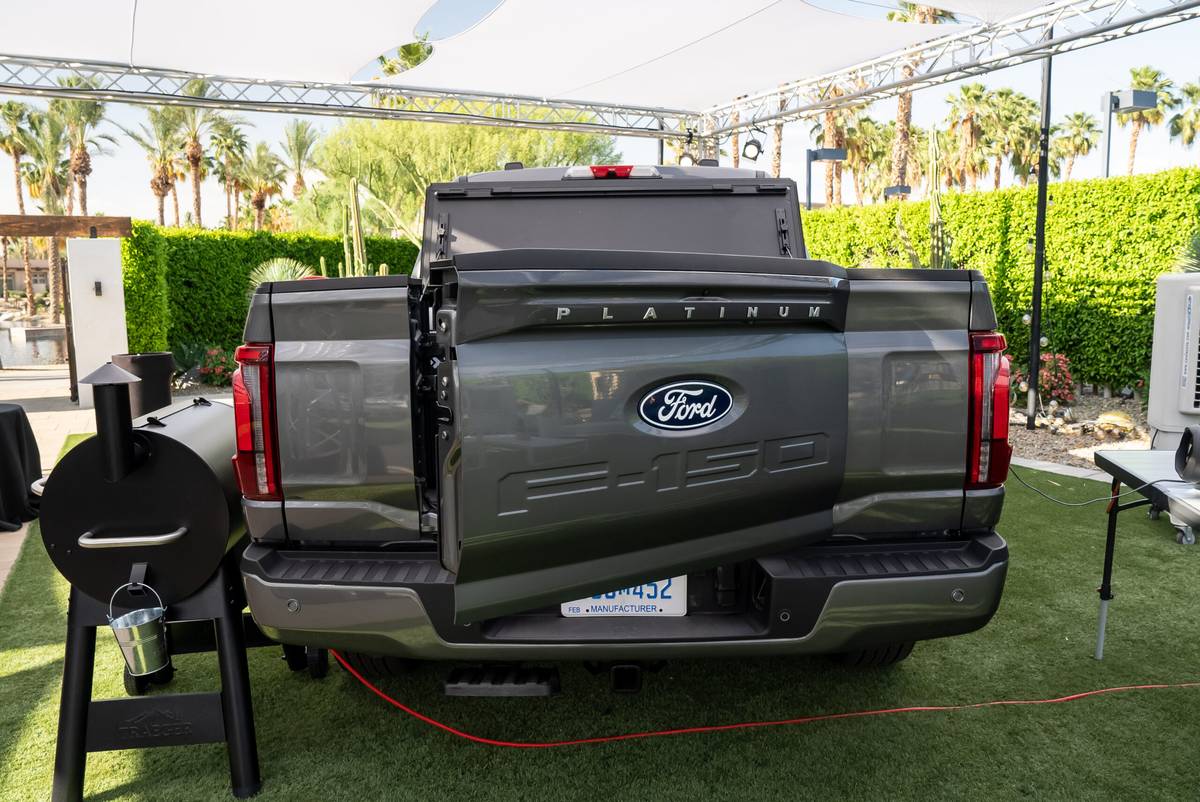
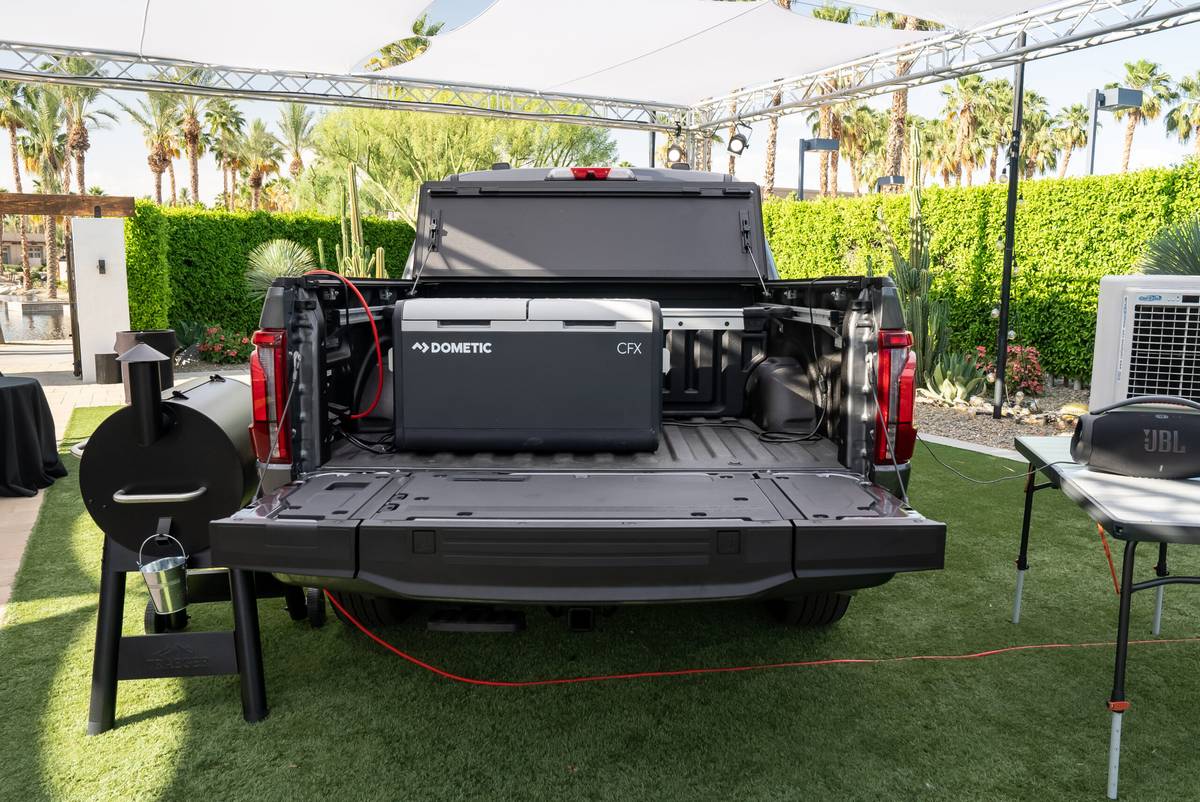





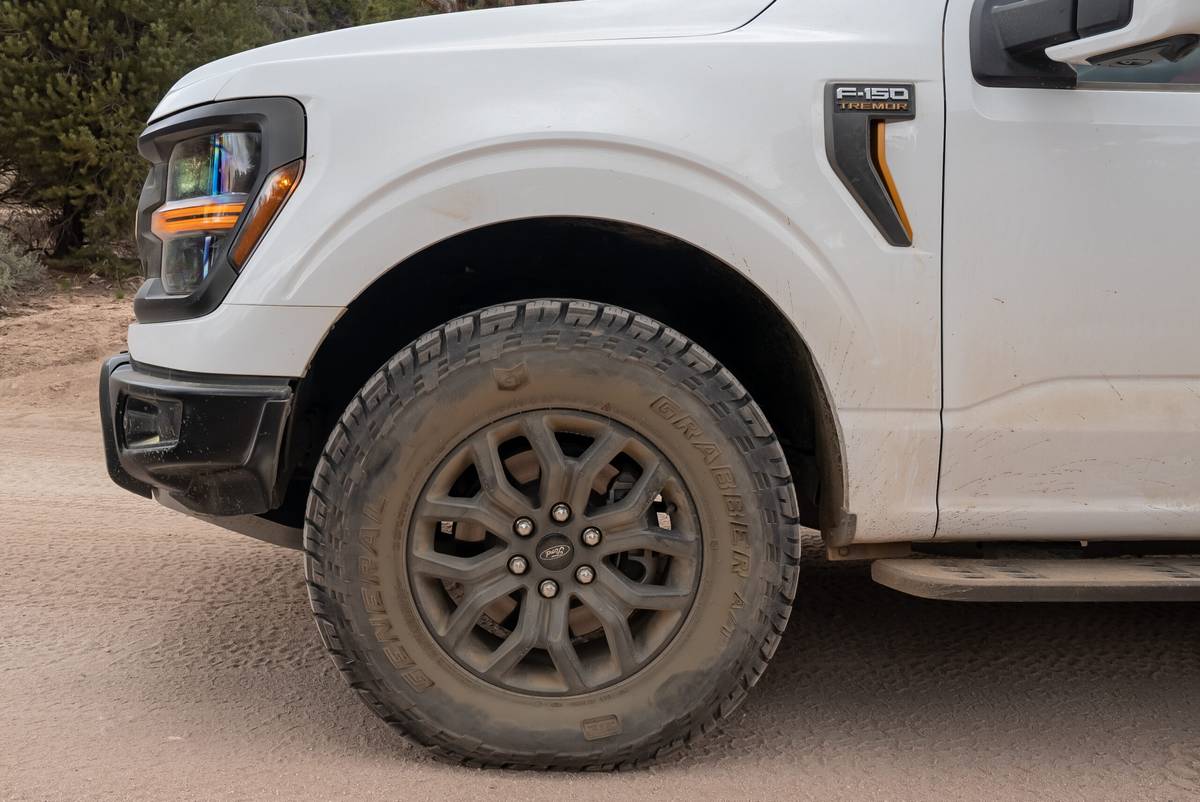
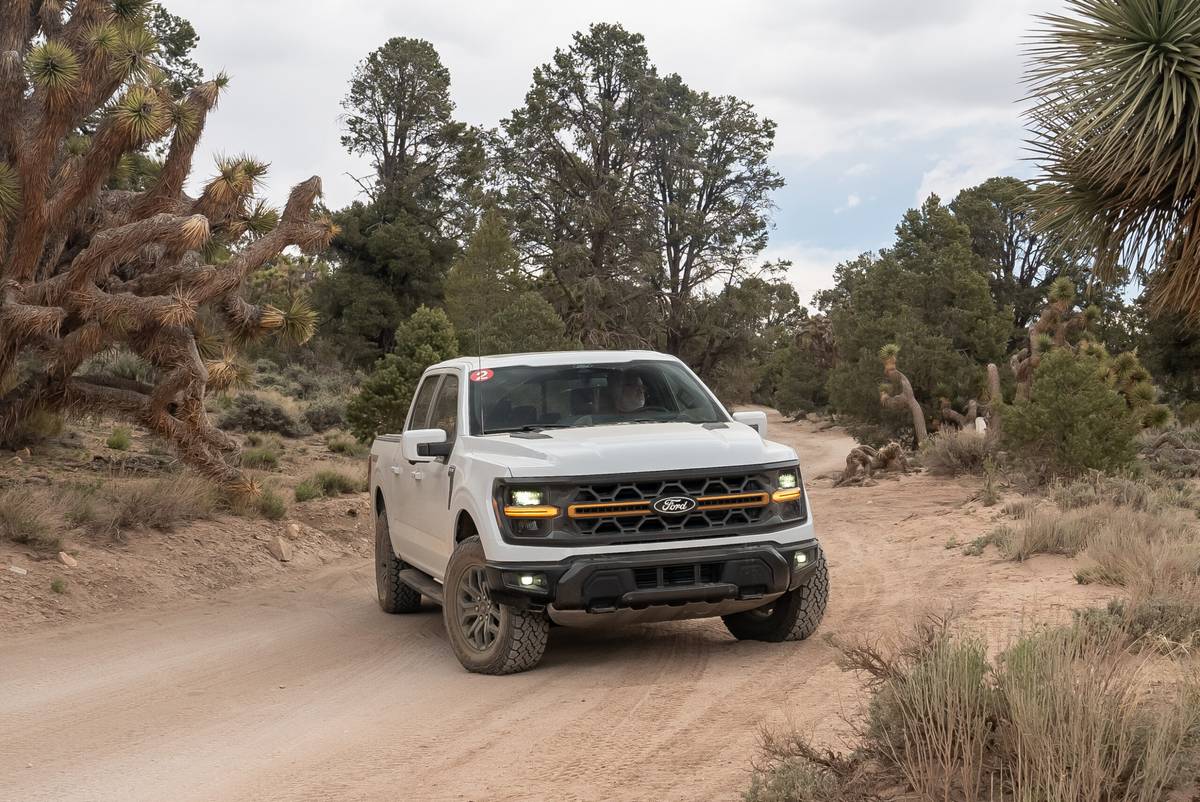
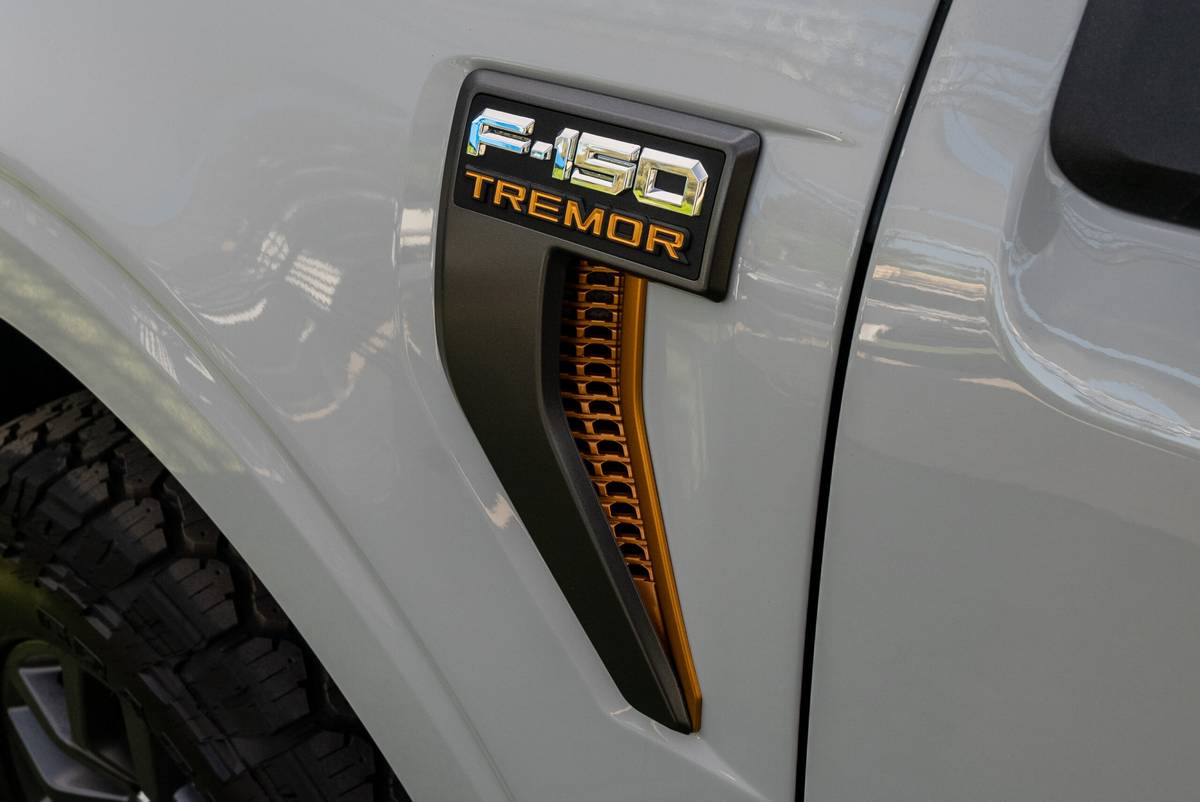
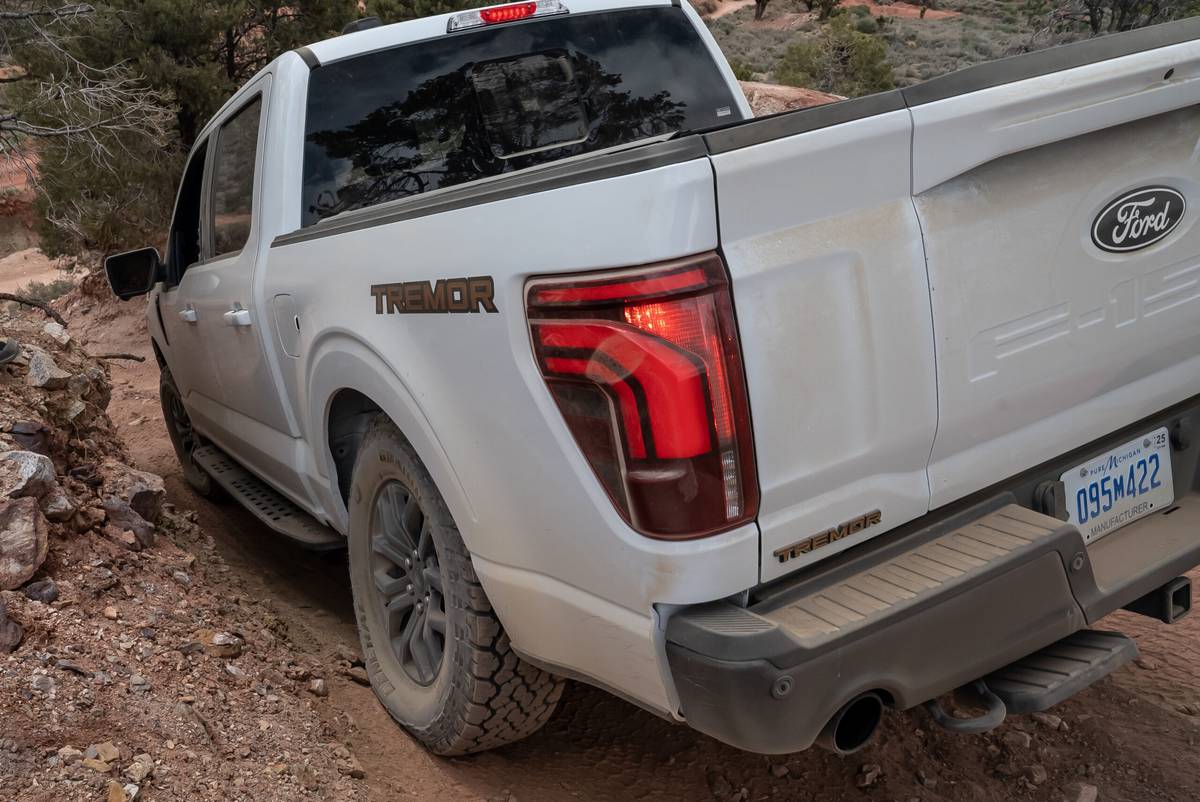
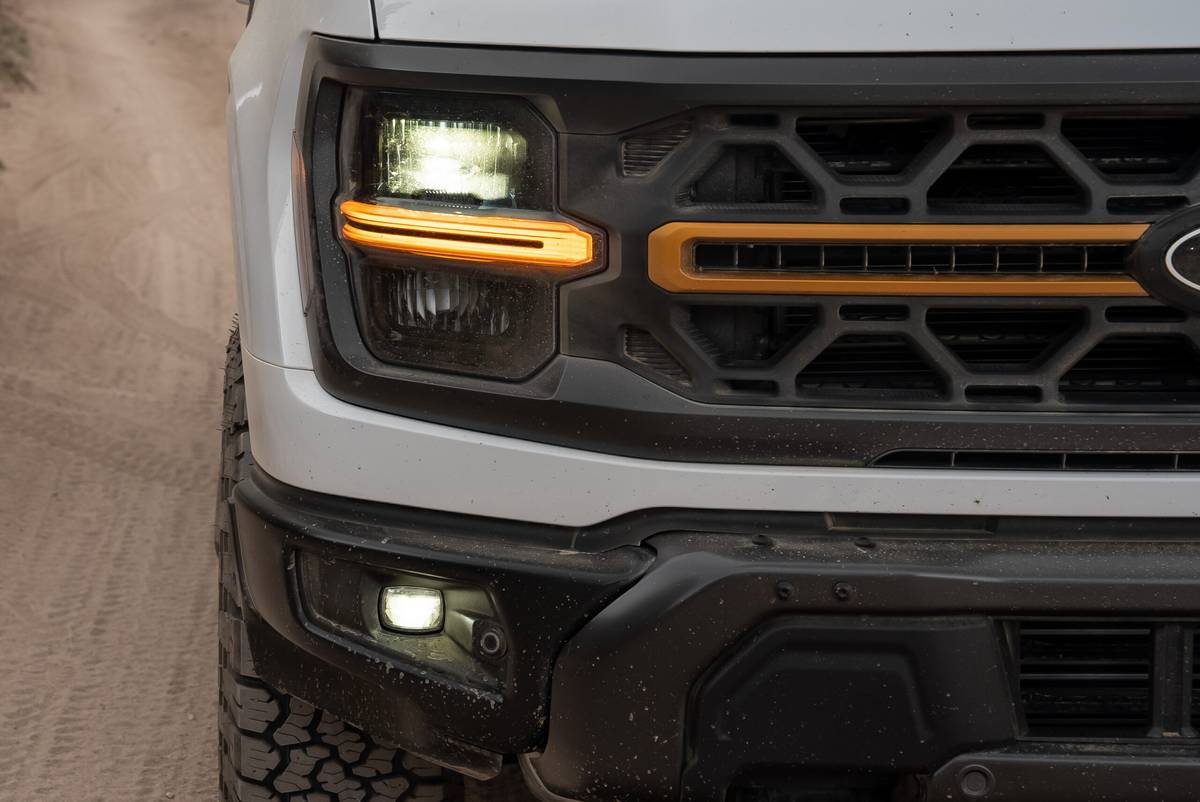
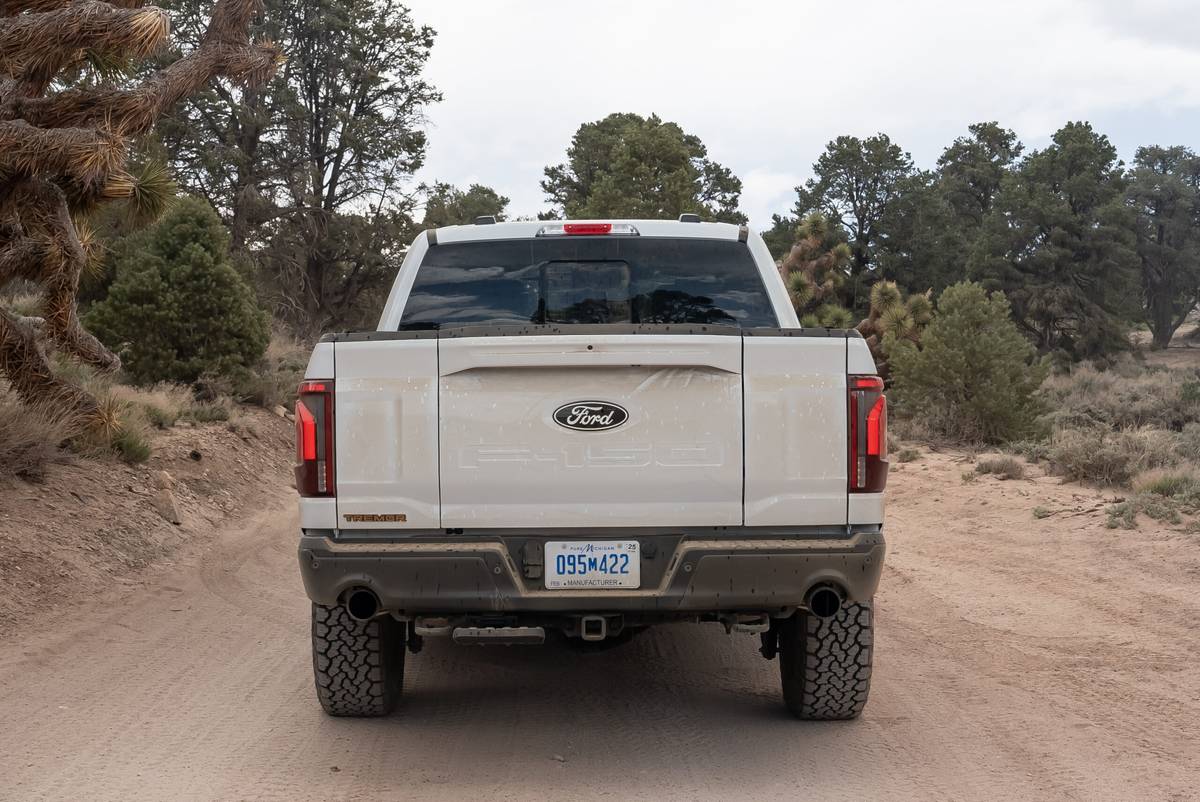
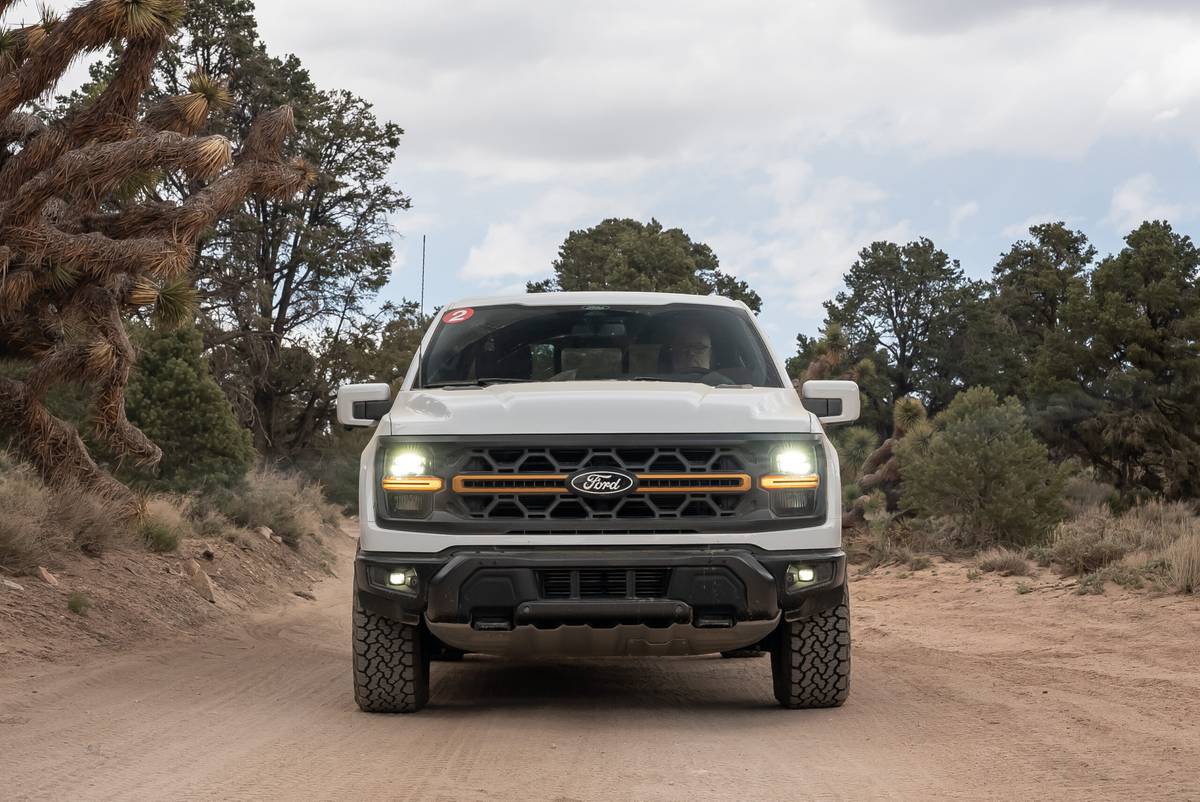
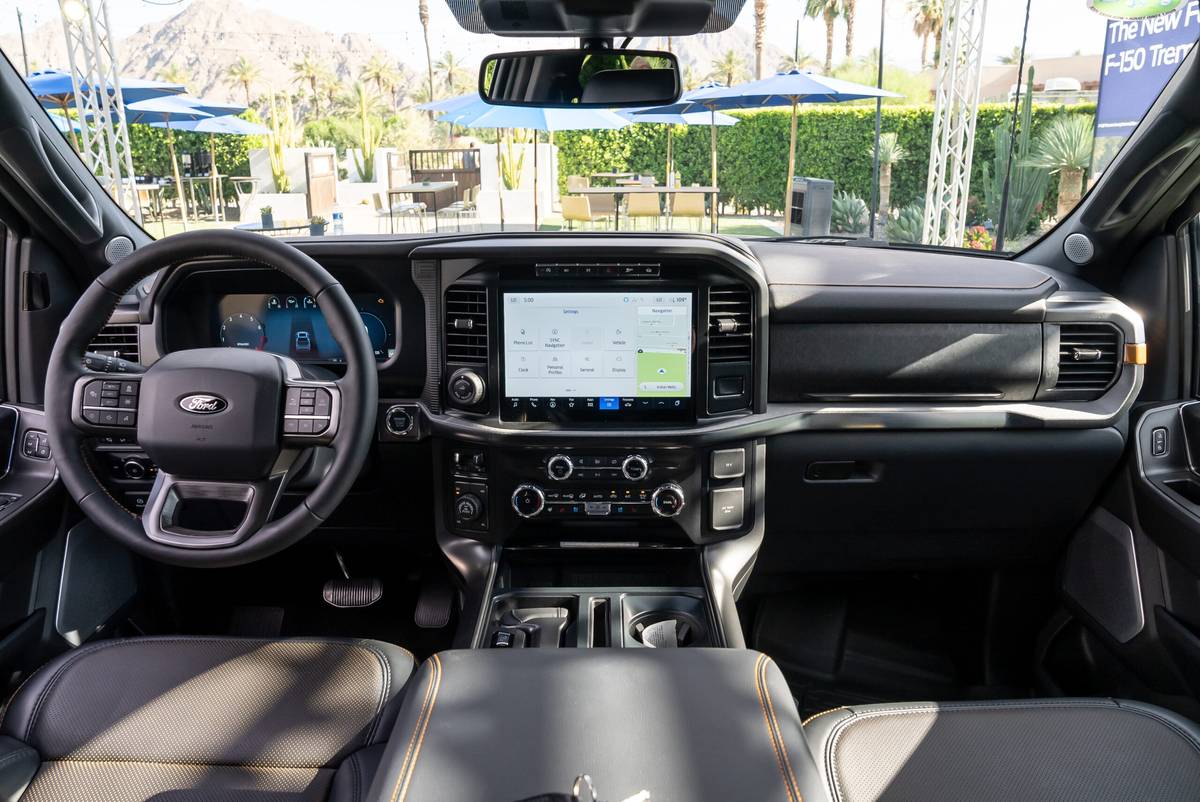
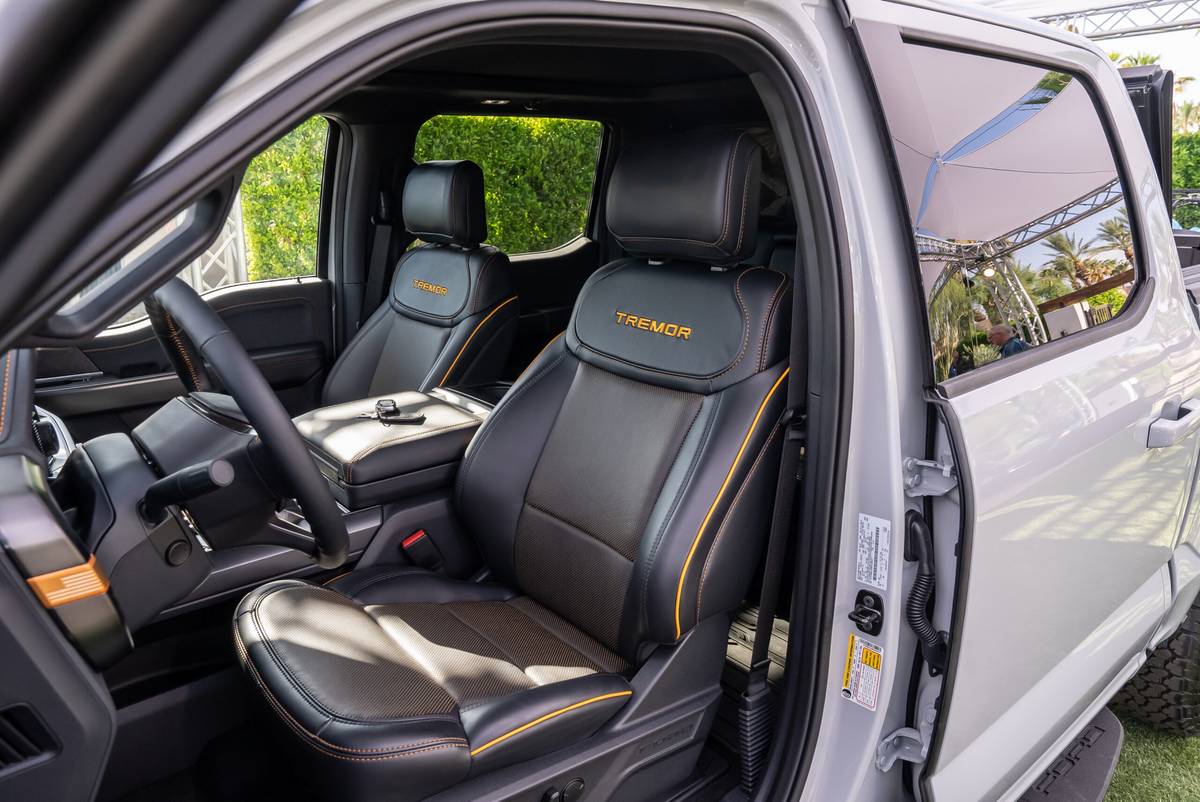
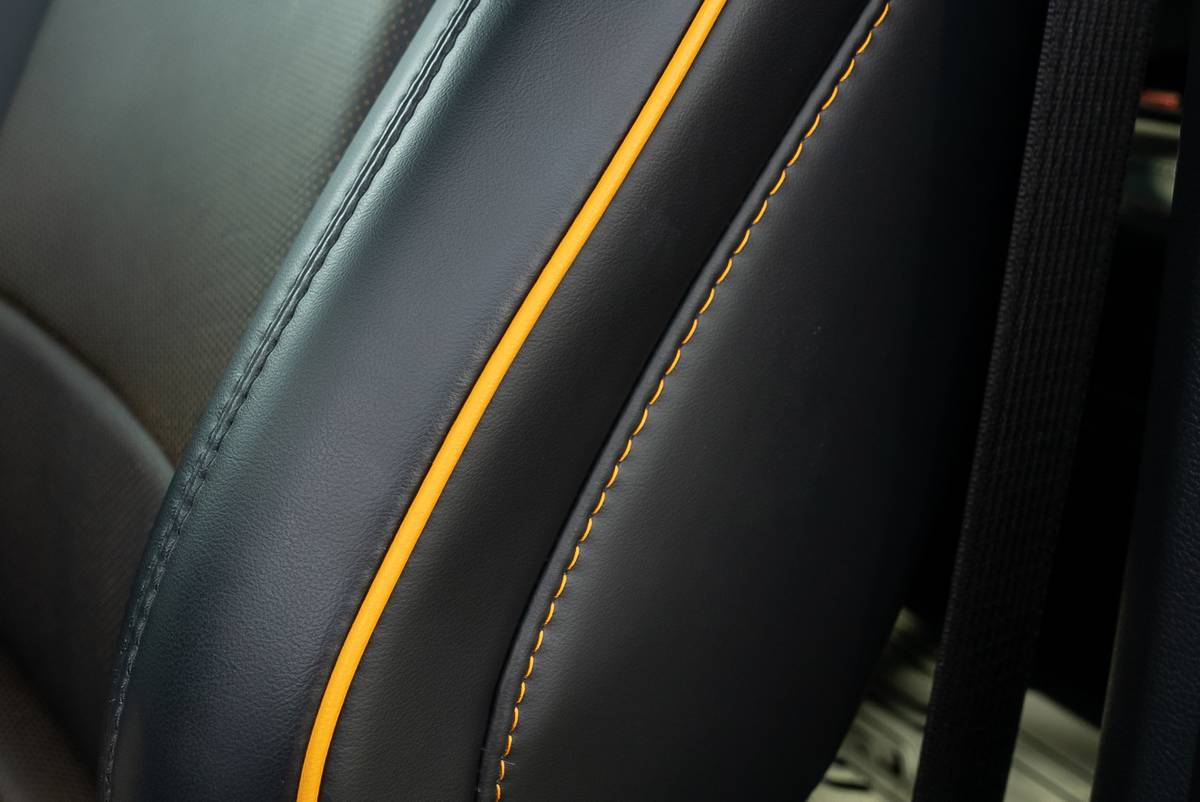


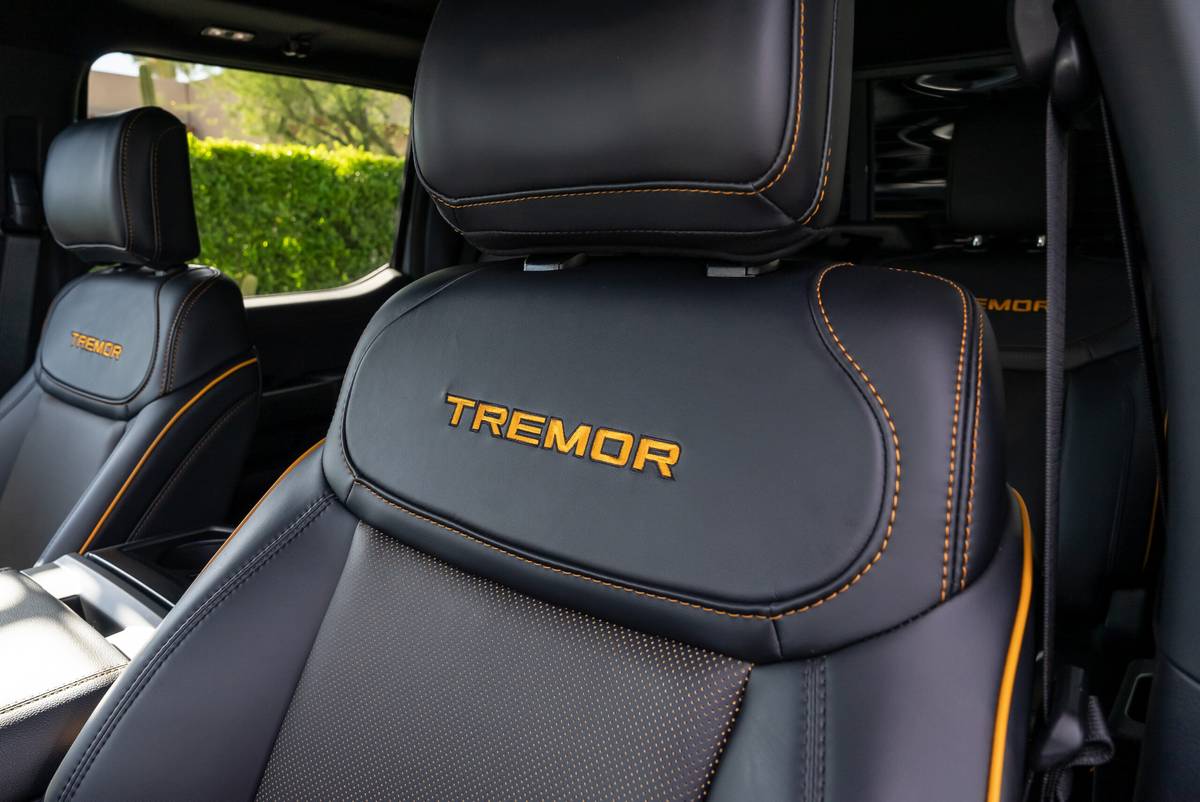



 Latch
Latch
 Infant
Infant
 Rear-facing Convertible
Rear-facing Convertible
 Front-facing Convertible
Front-facing Convertible
 Booster
Booster







